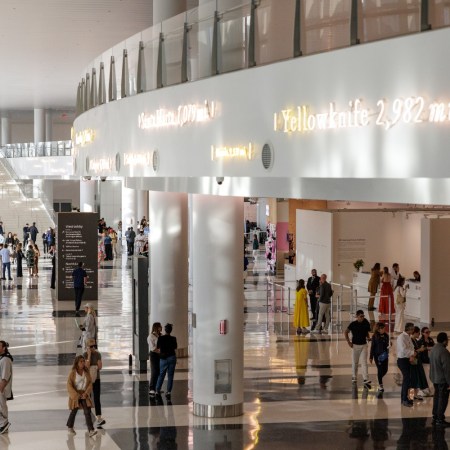Like the coronavirus pandemic, the U.S. Postal Service crisis the country is facing is extraordinarily complex, and if the worst case scenario plays out — and President Trump continues to block funding, despite recent social-media retractions — the fallout will be far-reaching and take a long time to assess.
One of the ramifications of potentially defunding the USPS is the degradation of thousands of historic American artworks. As Architectural Digest recently discussed, through President Roosevelt’s New Deal, more than 1,200 murals were completed at federal post offices across the U.S. in the ‘30s and ‘40s, leading one enthusiast interviewed to call the USPS “a museum with 2,000 locations.” And if the agency goes, so does the art.
“The USPS has helped shape our national identity by bringing art and architecture to every part of the country,” Architectural Digest’s Andrew Russeth wrote. “Its vast art holdings exemplify the vitality of public goods and spaces.
Chances are you’ve seen a number of these gargantuan works in your lifetime, as they can be found in post offices from Manhattan to Iowa, completed by artists ranging from Milton Avery to Philip Guston.
Naturally, as the New Deal was established in response to the Great Depression, there can be parallels drawn to today’s coronavirus-induced recession:
The murals amount to a “historical record of a national experiment that was partly meant to reassert ideal regional values being threatened by the despair brought on by the Great Depression,” said Phil Parisi, a retired journal editor in Logan, Utah, who wrote a book on Texas’s post-office murals.
In essence, this period of investment in both art and infrastructure could theoretically be repeated as post-COVID stimulus, but instead of talking about upping the USPS budget, we’re talking about the opposite.
Subscribe here for our free daily newsletter.
Thanks for reading InsideHook. Sign up for our daily newsletter and be in the know.



















